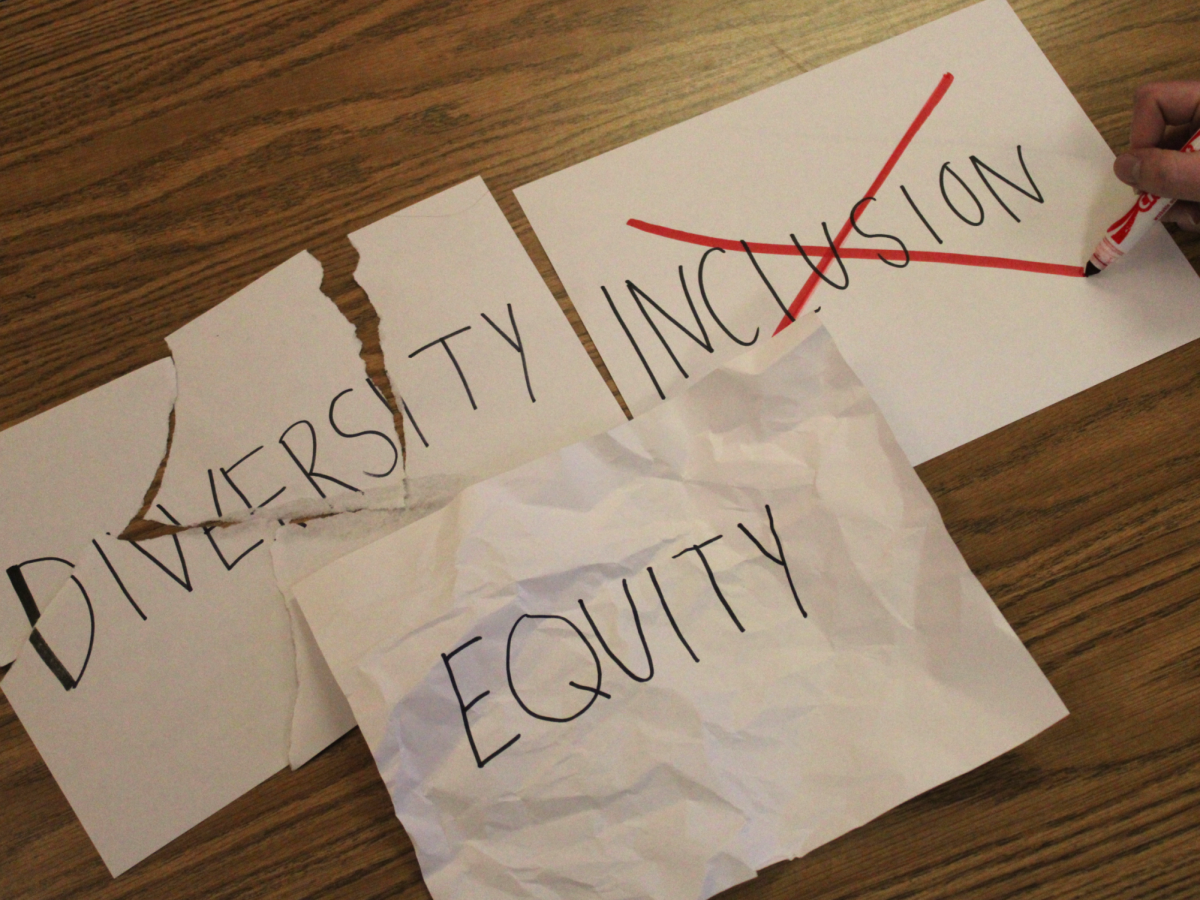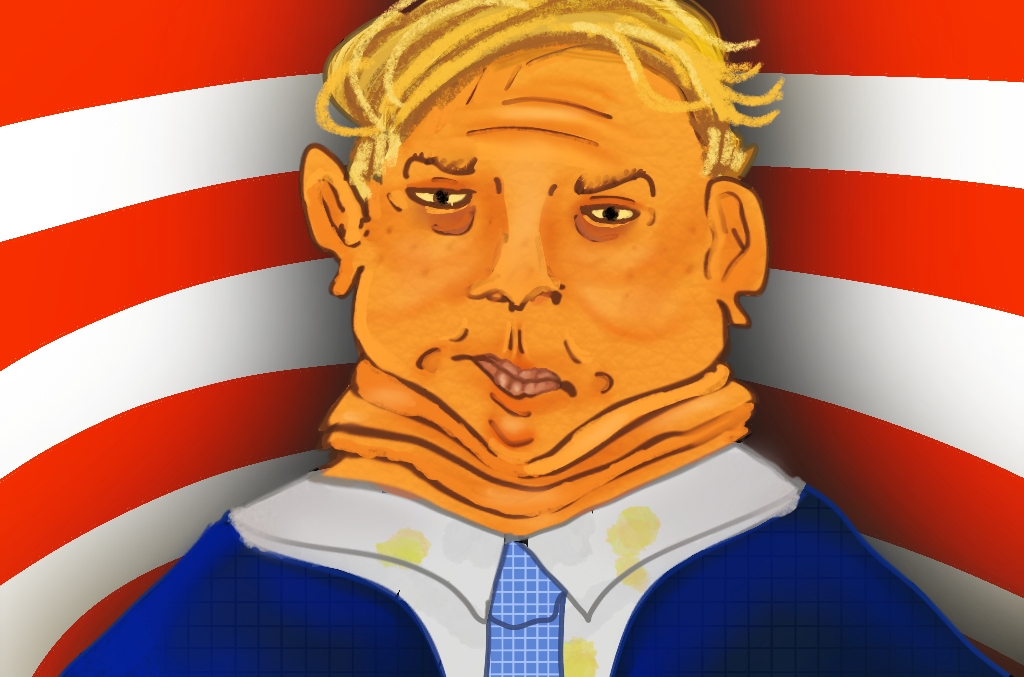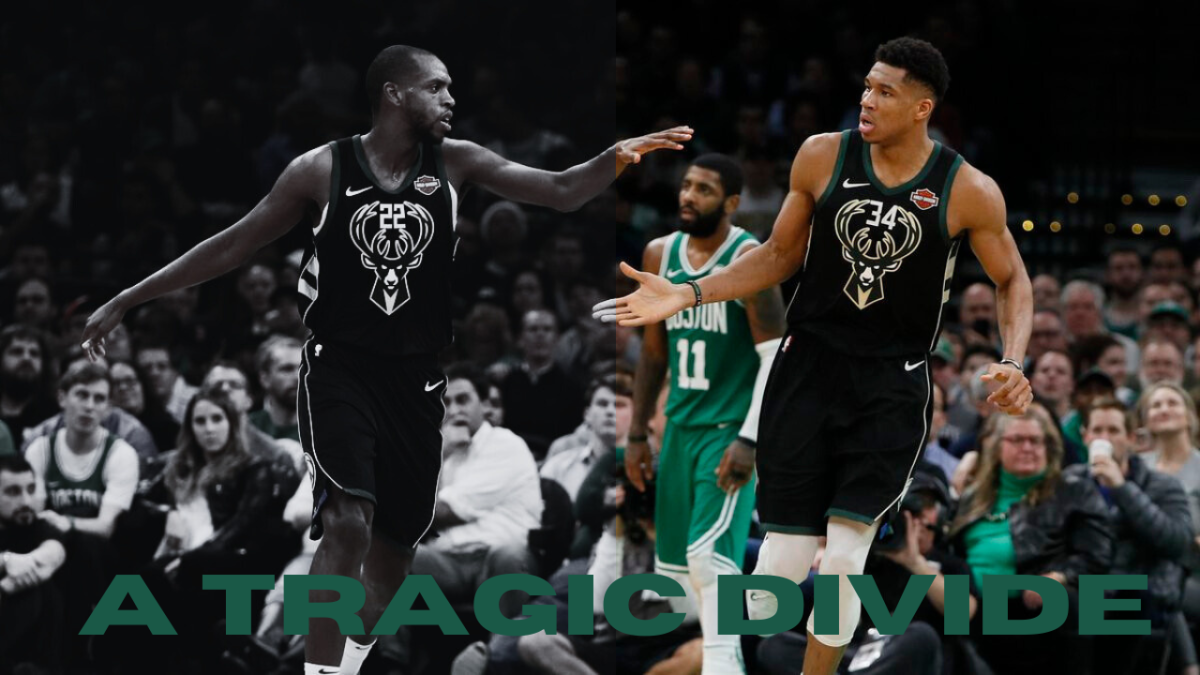From the humble beginnings of instrument shops such as First Act to the explosive birth of recording studios in cities such as Nashville, Tennessee, and Chicago, Illinois, the impact of music on the American economy continues to expand. However, another producer of revenue lies hidden within the confines of clothing stores and antique shops across the nation. Surprisingly, despite their equally impactful legacy, both clothing and trendy antiques may become newly neglected by modern consumers as time passes. Compact discs (CDs) and vinyl records, once hallmarks of several homes in the US, bear witness to a sharp decrease in sales since their peak in the ‘70s. While the physical music industry currently faces a resurgence, it still carries relatively low sales since its heyday. While the convenience of digital music forms may allow for easier consumption of the art, the intimacy, storytelling and industry of physical music cements their striking influence over the American music industry.
Upon searching up older artists such as Frank Sinatra or B.B King, users of music listening services such as Apple Music or Spotify may come across several releases of remastered music. The concept of digitally remastering decades-old songs began in the late ‘90s when the music industry needed an easy way to encapsulate familiar tunes of the past to release them to modern audiences; oddly enough, the practice became implemented to aid in the sales of CDs and MPEG-1 Audio Layer 3 (MP3) players. Since then, digital remastering continues to take hold on music, plaguing several record stores and iPhone music libraries. While remastering songs revamps music consumption, the authentic sounds of 20th-century vinyl fade away with every alteration. The process of remastering music changes the quality of sound and removes any authentic remnants of a song that became unfavorable through time. Digital remastering takes away the vintage feel of older music, thus depriving the listener of the dependability older records provide. While the concept may improve music sales, they do not capture the same genuine experience that seasoned vinyl records hold within their A and B-sides. As opposed to the robotic-esque nature of music as people know it today, the warmth of retro records allows for a tangible, intimate listening encounter with aged songs.
“I prefer listening to vinyl; there’s just something about hearing the authentic voice on the track. Especially if the song is older, I’ve noticed that the production of the song is completely different than the music today. Being able to hold the music in your hands makes me so delighted,” senior Destiny Elliot said.
Record stores also provide a haven for music enthusiasts that streaming services can not adequately capture. As of 2023, 1,914 record stores reside in the US, with a 6.1% decrease from 2022. Regardless of the dwindling amount of stores focused on physical music, patrons of these independently-owned businesses still see a consistent flow of customers. In 2021, vinyl records witnessed a humble 41.7 million sales, in contrast to CDs, which saw 40.6 million in purchases that same year. Connoisseurs of records may also satisfy their musical needs via online platforms, such as Rough Trade and Lunchbox Records. In-person and virtual stores help stimulate the economy of physical music by providing fans easy access to potentially discontinued or obscure records hidden in music history. Without them, consumers of these musical trademarks would not receive the luxury of owning the music they cherish in a palpable form.
While the sentiments of physical music provide genuine and long-term connections with its buyers, they do not possess the convenience so easily gifted by listening to music digitally. According to journalist Ben Stringer, features of digital music include the ability to create playlists and send them to others— a quality that vinyl and CDs do not possess. The frozen-in-time nature of physical music may prevent it from collaborating with modern audiences, but it does not stand in the way of one’s ability to enjoy it. While the lion’s share of physical music only showcases albums in full, people can burn CDs that showcase a plethora of songs from their music tastes, similar to the playlists on digital music services. Certain cars, such as the 2022 BMW X7 and the 2022 Mercedes Benz-GLC, still feature CD players in their vehicles, allowing for opportune access to albums whilst cruising to work or school.
As the years pass by, the nostalgia that physical music provides becomes an unfortunately neglected aspect of musical history. In light of their once bright star fading, fans of vinyl or CDs owe it to this industry sector to not only consume these bodies of work but to advocate on behalf of their magnitude. By supporting local, independently-owned record stores in one area, any and all music appreciators can merge together to prevent these musical hallmarks from becoming erased by time.
“It sounds so corny, but like just taking the record out of the sleeve and putting it on the turntable, it’s so cool to have something tangible because music can be such an abstract concept. You can hear it, it can be made, but being able to hold it in your hand in such a novel way, like how people would originally listen to it, it’s so cool,” magnet junior Isabel Baxter said.











